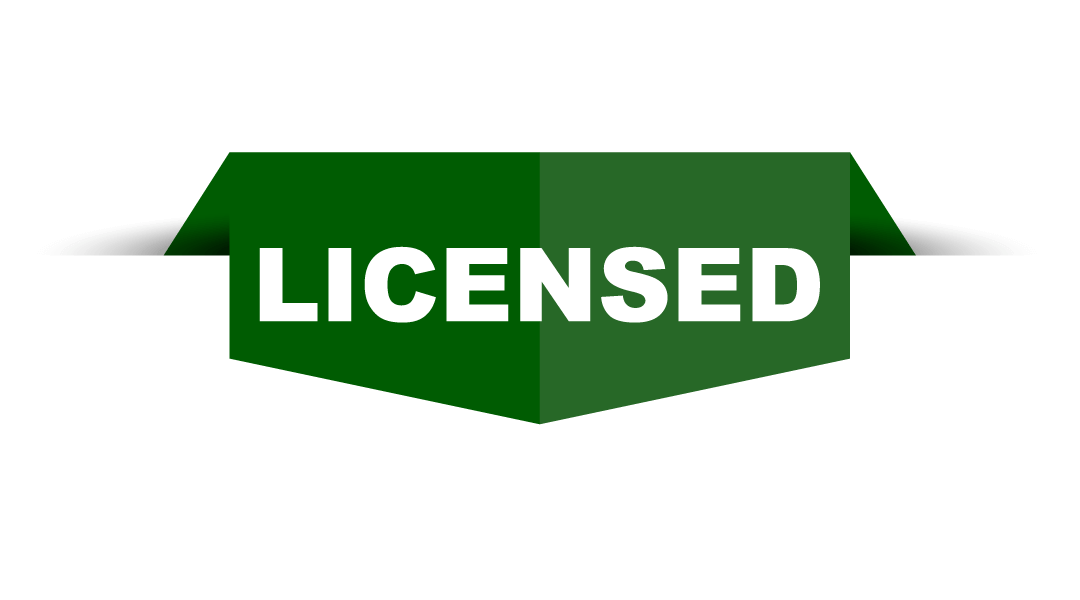
Hold onto your hats, folks, because the way Veeam’s Instance Licensing works is an industry first.
Veeam is focusing on creating more “portable” licensing for those who have hybrid- or multi-cloud environments. This licensing type released on January 22 with Veeam Availability Suite 9.5 Update 4.
By restructuring the licensing in this way, Veeam can allow organizations with some mixture of cloud infrastructures to move across workload types, products, and between locations (such as physical, virtual, AWS, Azure, etc.). What before would be five or more different licenses can all now be sold with one license. Please note that you still need to pick which one, you can’t use all five with the one license.

What This Means for Veeam Perpetual Licensing Customers
If you have perpetual licensing now, you will not see any changes to your current environment, and you are not required to move to Instance Licensing. However, going forward, some features will only be available with Instance Licensing.
You can convert to Veeam Instance Licensing. Seek out your Veeam partner (like us) to help you get discounts and pricing.
What This Means for Veeam Subscription Licensing Customers
Existing subscription customers will be flipped to Instance Licensing after running Update 4 or renewing their subscription (whichever comes first), but for these products only: Availability Suite, Backup & Replication, Backup Essentials, ONE (part of Veeam Availability Suite), Agents for Microsoft Windows, Agents for Linux, Availability for AWS, and Cloud Connect – Enterprise. There is a 90-day window to update subscription license files. When the subscription is converted to Instance Licensing, purchased licenses will be rounded up to the nearest whole increment of 10.
What This Means for Veeam Customers with Both
Going forward, Veeam customers can mix perpetual and Instance licenses in two scenarios only:
- Centralized environment (sockets and Instances)
- Non-centralized (multiple separate infrastructures that are not connected)
If you need help determining what your path to the new licensing format should be, your Veeam partner should be prepared to guide you. If you don’t have a good Veeam partner, we’re here!
Defining “Instance”
“Okay, that all sounds great,” you’re thinking to yourself, “but what the heck is an ‘instance’?”
This is Veeam’s way of measuring units for their subscription licensing. In most cases, a workload will consume one instance license. Some products, however, such as Server Agent, will consume more. Instances are sold in bundles of 10 (except for Veeam Backup Essentials, which is sold in bundles of five).
 Products Leveraging Veeam Instance Licensing
Products Leveraging Veeam Instance Licensing
- Veeam Availability Suite
- Veeam Backup & Replication
- Veeam Backup Essentials
- Veeam ONE (part of VAS)
- Veeam Agents for Microsoft Windows
- Veeam Agents for Linux
- Veeam Availability for AWS
- Veeam Cloud Connect – Enterprise
Workloads That Are Portable
- VMs (vSphere, Hyper-V, AHV)
- Physical (Servers and Workstations)
- Enterprise Apps (SAP HANA and Oracle RMAN
- Cloud Native (AWS EC2 and DBs)
- and there are more to come!
We’ll keep you updated as this new format progresses.
 Products Leveraging
Products Leveraging